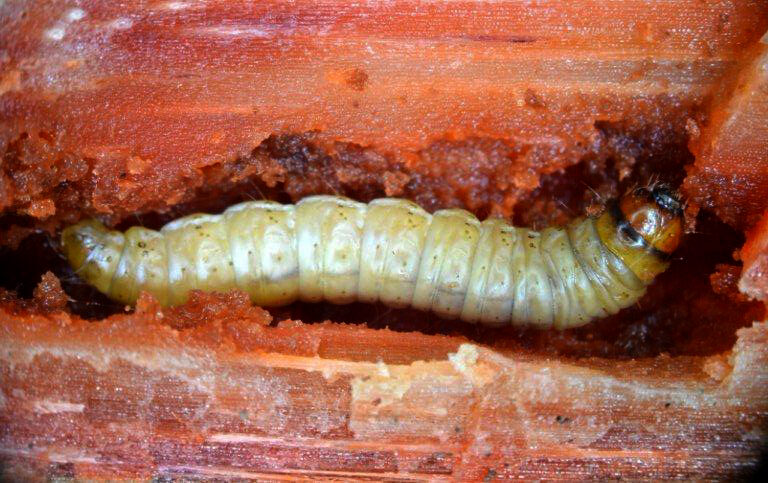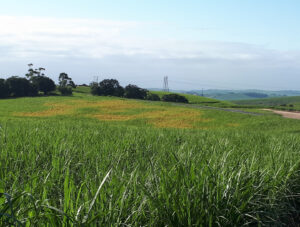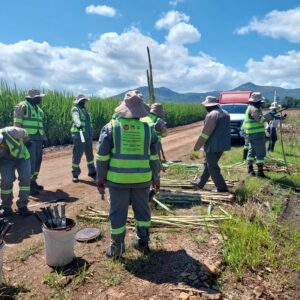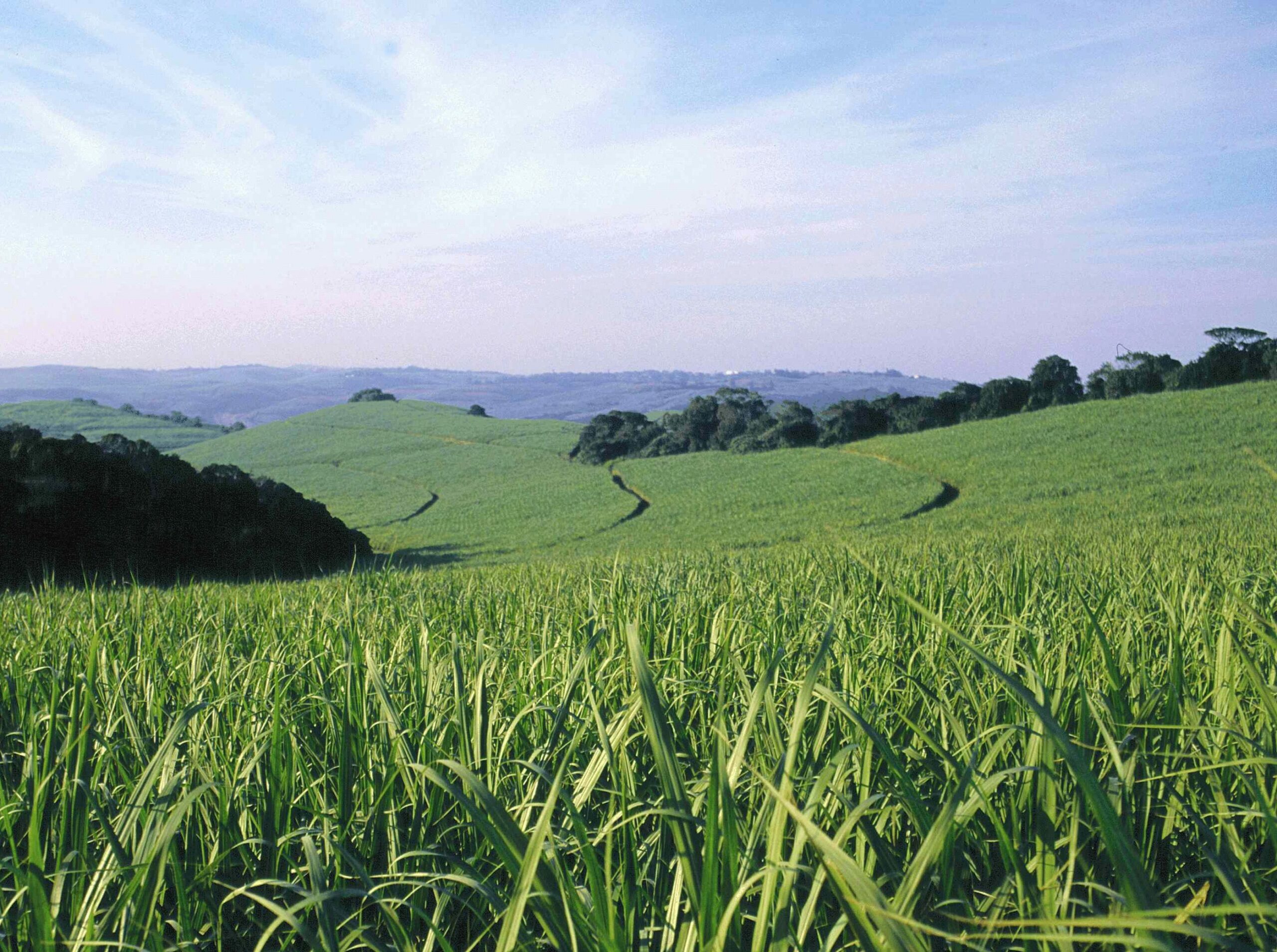Spring has sprung, and the weeds have started to emerge within hours of the welcome, widespread rains in the last week of August. Most growers will already have started thinking about planting, weed control and fertiliser, whilst keeping an eye on the end of the looming mill closure dates.
Weed Control
- Be sure to spread trash and tops evenly over the whole field immediately after harvesting to ensure effective weed control and improve soil health. If practically possible, use cooler, morning burns to retain more dried leaf residues and tops.
- Inspect each field weekly to determine your weed control programme.
- Identify problem weeds in each field and prepare to carry out an appropriate spray programme, for example, for creeping grasses, purple watergrass, digitaria etc.
- Pre-emergent and early post-emergent chemicals, i.e. long-term herbicides, are the most cost effective.
- Fields identified for ploughing out using minimum tillage should be sprayed with glyphosate starting in October.
Carryover Cane: Decisions to be made
- With some mills closing earlier than expected this year, decisions about carry-over cane need to be made early.
- Fields likely to be infested with eldana should not be carried over. This includes susceptible varieties, even if they don’t currently show high levels.
- Consider spraying for eldana in those fields being carried over.
- In areas and varieties where flowering has been severe, remember not to carry over any fields where more than 20% of the stalks have flowered.
- Avoid carrying over flowering fields showing signs of eldana damage [>1.1% stalk length red (%SLR)]. Harvesting of these fields is a priority.
Eldana
- In many regions, eldana damage has been exacerbated by both the carry-over scenario over the last two to three seasons and the dry winter conditions experienced throughout the industry.
- Moth peaks are typically in September, October and November. Increase your scouting activities (over and above routine P&D surveys) to help formulate any eldana spray programmes during this period.
- Consider spraying fields with a history of severe eldana infestation, or evidence of eldana damage in young cane (e.g. dead hearts and frass), even if there is a very small amount of stick. Discuss this with your Extension Specialist.
- Choose a targeted approach on specific fields/sections of the farm where spraying is needed. The “shotgun” approach of spraying everything is not only expensive, but also not environmentally friendly!

Yellow Sugarcane Aphid (YSA)
- Yellow Sugarcane Aphid is already present in many fields. Keep an eye out for them: early detection will allow for early intervention.
- Look for older (lower) leaves that are starting to turn yellow-orange; YSA are likely to be hiding underneath.
- Be aware that natural predator populations will start to increase. Before spraying, consider your options carefully and discuss these with your Extension Specialist. Avoid unnecessary spraying.

Fertiliser top-dressing
- Top dressing of ratoon cane should now be in full swing. By the end of September, you should have addressed the backlog of fields harvested during winter.
- Ensure your fertiliser programme is up to date by the end of October
- Too much nitrogen fertiliser can reduce your RV% unnecessarily and increase eldana damage.
- When applying gypsum for subsoil acidity (according to your soil analysis), ensure you also apply at least one ton of dolomitic lime to replace the magnesium that gypsum can draw out of the topsoil.
Planting
- Moisture conservation is crucial at planting. Open your furrows shortly before planting and close them again immediately. Furrows do not need to be more than 200 mm deep.
- Wait for rain before planting fields that were ridged in winter.
- Remember that healthy, variety-pure seedcane is essential.
Harvesting and flowering
- Let’s hope for some good early summer rains! Keep sandy, well-drained fields – or those fields near weather-proof extraction routes – for harvesting during spells of wet weather.
- Harvest flowering fields before the end of September if more than 20% of the stalks have flowered.
Late-season ripening
- In the rainfed areas, late-season ripening should not be considered this year, due to the dry winter conditions.
- In the irrigated areas, only the best-potential soils should be considered for late season ripening, IF rainfall starts as usual in spring. Using the PurEst app as a guide is highly recommended. If it remains dry, do not consider ripening.
Disease S couting
couting
- Smut is often worst when long, dry and warm winters are followed by good spring rains. Growers in the irrigated regions and coastal Zululand should start scouting for smut. Consult Information Sheet 9.2 on the SASRI website for symptoms.
- Be vigilant for other diseases which may start to crop up during spring and early summer and begin your roguing operation. Consider chemical roguing for smut.

